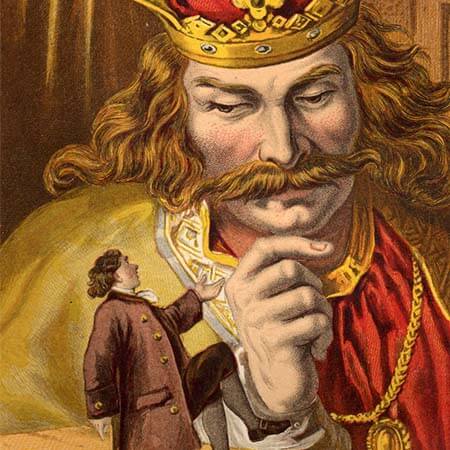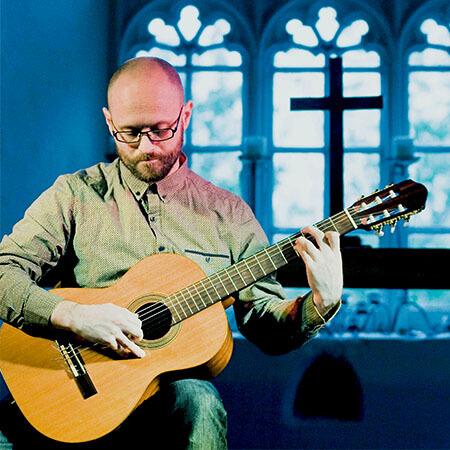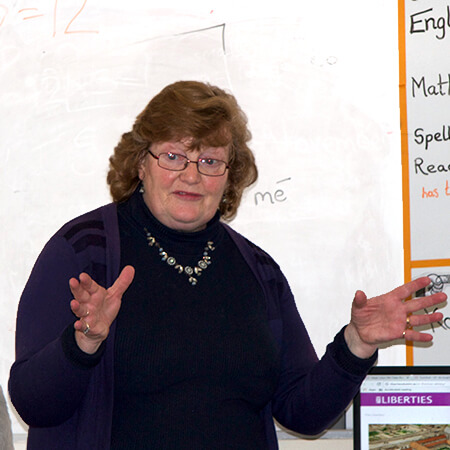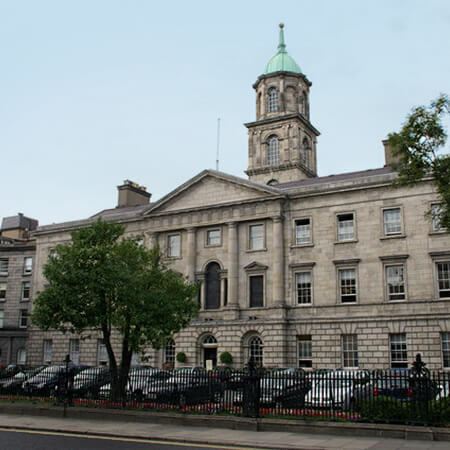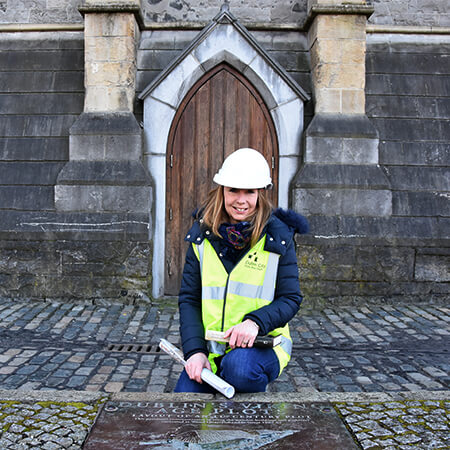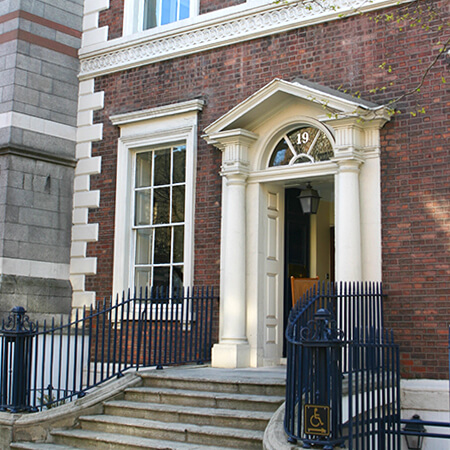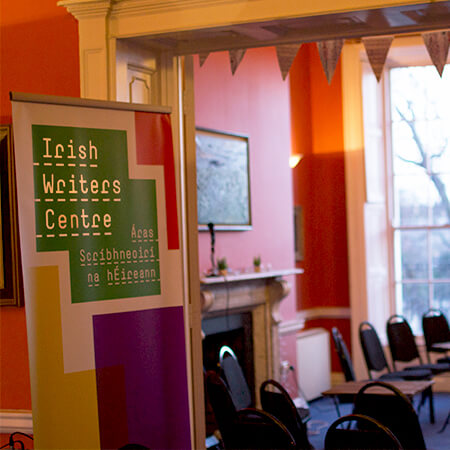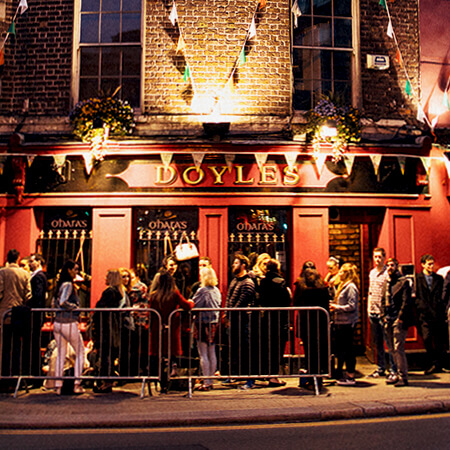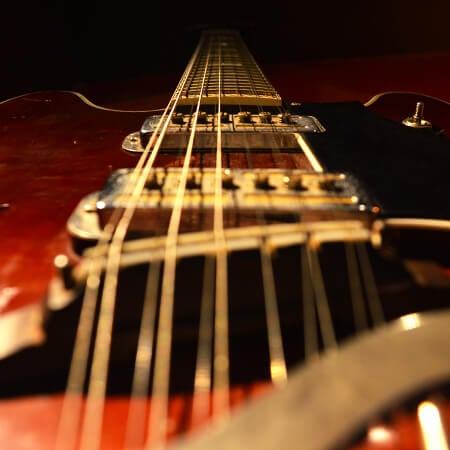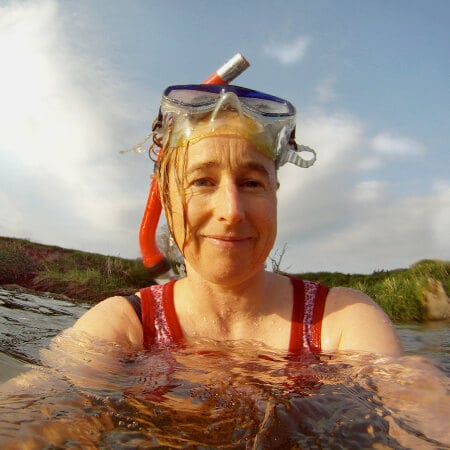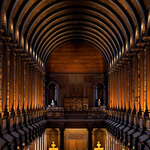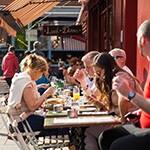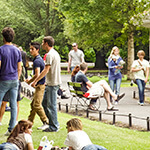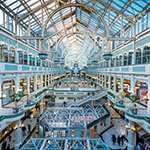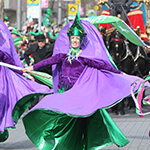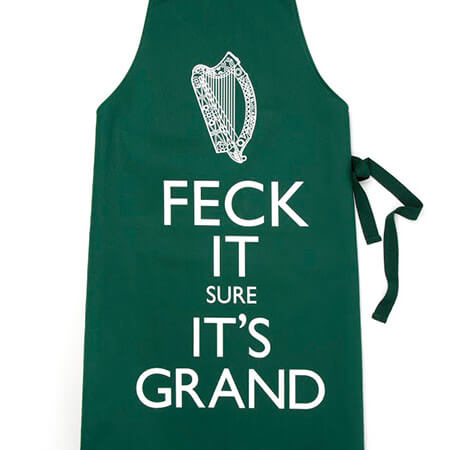
work
Creative Dublin: Fergus O’Neill, Graphic Designer
Fergus O’Neill is the graphic designer responsible for the “Feck It, Sure It’s Grand” line of products. He also created a series of prints depicting 20th century Dublin landmarks, such as the Poolbeg electricity station and the now-demolished concrete silos at Boland’s Mill. You may have seen some of his work in Dublin’s Jam Art Factory. Fergus studied visual communication at Dún Laoghaire College of Art and Design – now IADT – and works from a shed in Irishtown. Dublin.ie sat down with him to find out more. He tells u
